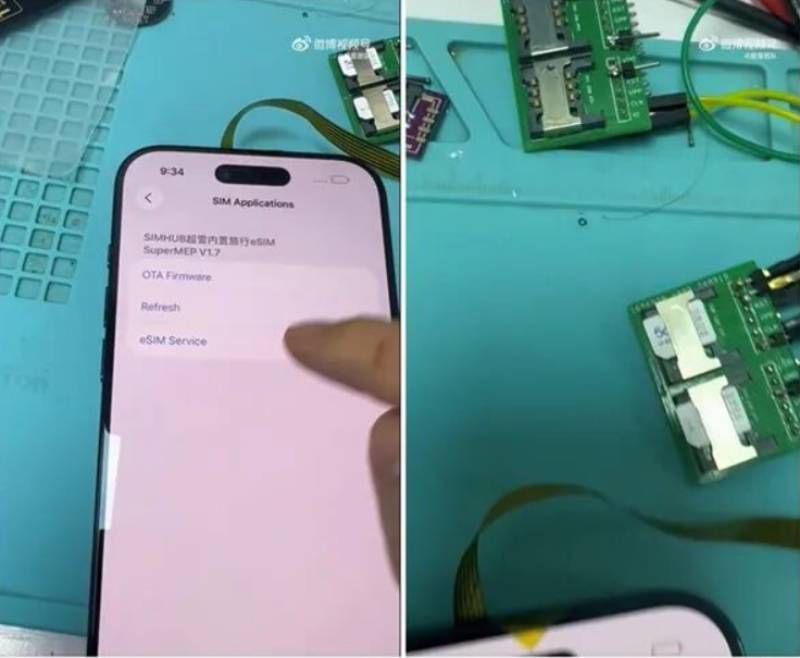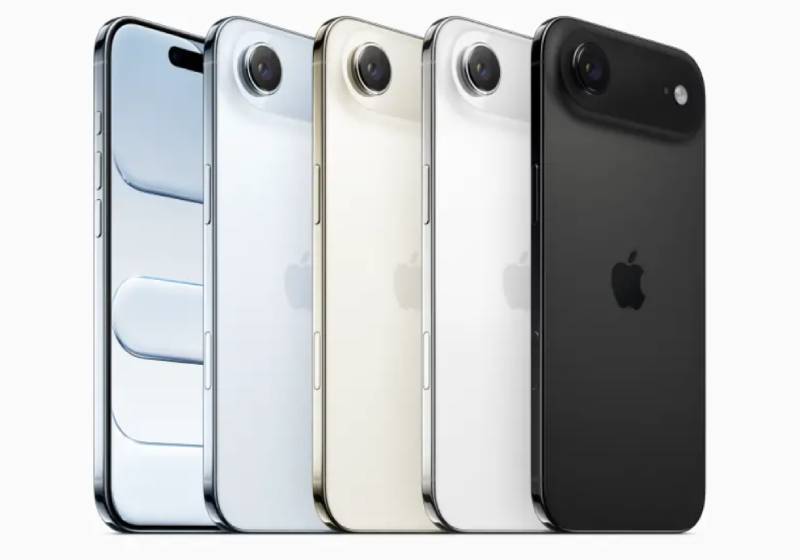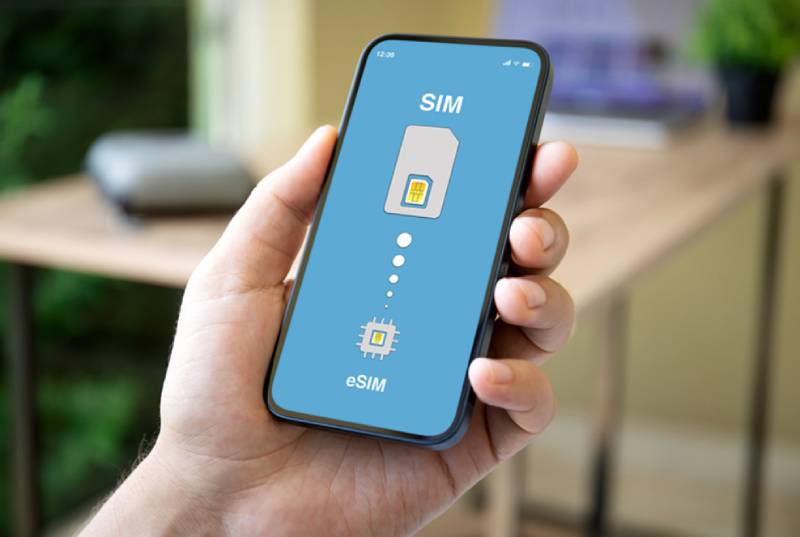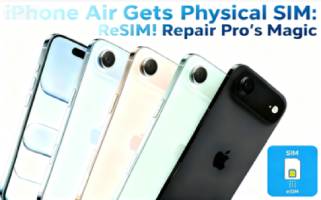Shenzhen Chaoxue Team recently released exciting news via Weibo: they have successfully adapted physical SIM cards for the iPhone Air. In the accompanying video, the device can stably read physical SIM cards, and the comment section was immediately flooded with praises like “Awesome”. Chaoxue Team explained that their core technology is not to crack eSIM, but to simulate a regular SIM card into an “eSIM with pre-installed number” through software, making the phone mistake it for a native eSIM.After optimizing the network access logic based on this, they finally realized that the locked version of iPhone Air is compatible with ordinary physical SIM cards. The team revealed that their original technical intention was to enable locked devices to support physical SIM cards while being compatible with local eSIM data cards that can be used when traveling abroad, and the adaptation of iPhone Air is an extension of this technology.
This breakthrough breaks the inherent perception that “iPhone Air cannot use physical SIM cards”. It should be noted that eSIM is essentially still a SIM card, with the advantage of being pre-integrated into the device rather than the traditional post-insertion mode. Chaoxue Team did not look for loopholes in eSIM itself, but used technological innovation to bridge the gap between official design and user needs.

It should be noted that the design of the iPhone Air is centered on being thin and light, with internal components arranged as tightly as a precision clock. Apple’s clear design logic is to eliminate the physical SIM card slot—it not only saves space but also conforms to the popularization trend of eSIM in overseas markets. However, for many domestic users, the convenience of physical SIM cards is irreplaceable. Especially for people who travel frequently and need to switch between multiple numbers, the ability to insert a card has become a rigid demand. The popularity of this modification essentially lies in the fact that repair technology accurately bridges the gap between “official design and user needs”.

Don’t think this is just a simple “hole drilling”; it hides three types of “solid skills” of repair technicians. First, they have an extremely in-depth understanding of the model’s structure. They must study the drawings to clearly grasp the positions of the internal antennas, battery cables, and motherboard interfaces to ensure that no core components are damaged when making the card slot. Second, they have precise micro-operation capabilities. The error in the size and depth of the card slot must not exceed 0.1 millimeters; otherwise, the card either cannot be inserted or has poor contact. This all relies on the “steady hands” honed over years and the assistance of a high-power magnifying glass. Finally, they need to solve the signal adaptation problem. After modification, they must repeatedly test the stability of calls and internet access to avoid signal disconnection “sequelae”. A repair professional revealed that modifying such a device takes at least half a day from researching the plan to final completion, and every step is like “working in a snail’s shell” (meaning accomplishing great things in a limited space).
This case also makes more people realize that mobile phone repair is no longer a manual labor of “disassembling and assembling”, but a “meticulous work” that combines technology and experience. Today’s smart phones are updated and iterated faster and faster. The hinge repair of foldable screens, the seamless fitting of curved screens, and the chip-level fault diagnosis all require repair technicians to continuously learn the design logic of new models and update their tools and equipment. Just like the modification of the iPhone Air this time, the technicians must not only understand the hardware structure but also be familiar with the SIM card recognition mechanism of the iOS system, and even make customized card slot accessories. This is not just “repairing a mobile phone”; it is clearly a technical work of “reverse R&D”.

However, while praising the technology, we must also view such modifications rationally. On the one hand, unofficial modifications may affect the mobile phone’s warranty service. Once a hardware failure occurs, the official after-sales service usually refuses to handle it. On the other hand, improper operation may damage the body’s sealing, leading to water and dust ingress, and even affecting the mobile phone’s signal and battery life. Therefore, if you have similar needs, it is recommended to choose a repair agency with a good reputation and mature technology, communicate clearly about the risks and after-sales guarantees in advance, and do not leave hidden dangers for temporary convenience.
From the iPhone jailbreaking and unlocking in the past to the modification of eSIM models to support physical SIM cards now, the technological innovation in the repair industry has always centered on the actual needs of users. These “tech geniuses” hidden in mobile phone repair shops use their precise fingertips and professional knowledge to fill the gap between official design and daily use. Perhaps their work is not often in the spotlight, but every successful modification and every accurate repair is the best interpretation of “technology serves life”. This is probably the fundamental reason why netizens exclaim “awesome”. After all, technology that turns “inconvenient” into “super easy to use” deserves recognition forever.
Have you ever encountered amazing mobile phone repair cases around you? Share your “tech genius” stories in the comment section~
